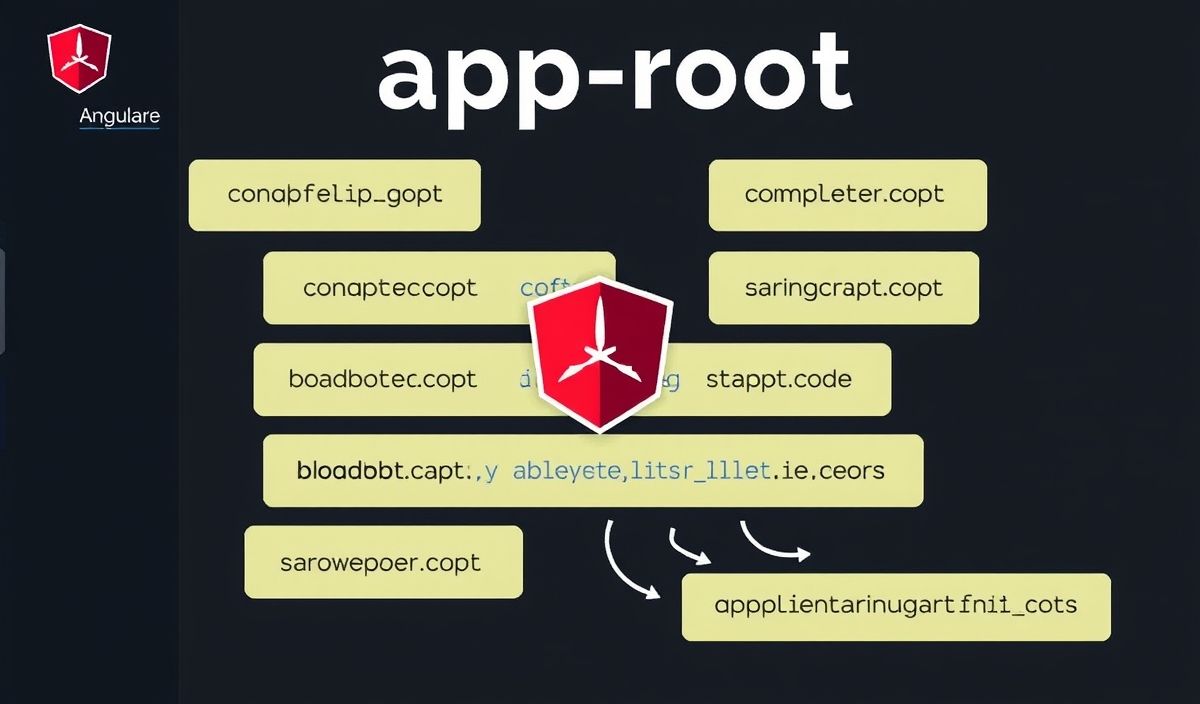Introduction to Charset Normalizer
Text encoding is a crucial aspect of working with strings in Python. The charset-normalizer library is a popular tool that helps you detect and normalize text encoding efficiently. If you’ve ever struggled with encoding issues during text processing, then this library might be a game-changer for you. In this guide, we will explore various charset-normalizer APIs with practical examples and even build an app using these APIs.
Why Use Charset Normalizer?
Charset Normalizer offers accurate detection of encodings by analyzing the content of a given text file or text string. It provides a clean, simple, and user-friendly interface for developers. Whether you’re dealing with legacy systems or diverse text encodings, the library has you covered.
How to Install Charset Normalizer
Installing charset-normalizer is simple. Run the following command in your terminal:
pip install charset-normalizer
API Examples of Charset Normalizer
1. Normalize Text Encoding
The from_bytes method helps you determine the encoding of a text string in byte format and normalize it.
from charset_normalizer import from_bytes
byte_text = b'\xe4\xbd\xa0\xe5\xa5\xbd' # Byte representation of "你好" in UTF-8
results = from_bytes(byte_text)
for result in results:
print("Detected Encoding:", result.encoding)
print("Normalized String:", result.decoded)
2. Resolve Encoding of a File
Use from_path to detect and normalize the content of a file automatically.
from charset_normalizer import from_path
results = from_path('example.txt')
for result in results:
print("Detected Encoding:", result.encoding)
print("Confidence Level:", result.bom)
print("Normalized Content:", result.decoded)
3. Customize Detection Specifications
Fine-tune encoding detection settings using additional parameters.
from charset_normalizer import from_bytes
byte_text = b'\xc3\xa9xito' # Byte string
results = from_bytes(byte_text, explain=True)
for result in results:
print("Details:", result.fingerprint)
4. Save Normalized Content
The resulting normalized content can be saved to a new file:
normalized_text = results.best().decoded # Retrieve the best match for encoding
with open('normalized_output.txt', 'w', encoding='utf-8') as f:
f.write(normalized_text)
Building a Simple App with Charset Normalizer
Let’s create a simple app that reads a user-uploaded file, detects the encoding, and saves its normalized version.
from charset_normalizer import from_path
def normalize_file(input_file, output_file):
results = from_path(input_file)
best_guess = results.best()
if best_guess:
print("Detected Encoding:", best_guess.encoding)
with open(output_file, 'w', encoding='utf-8') as f_out:
f_out.write(best_guess.decoded)
print("File successfully normalized and saved to:", output_file)
else:
print("Encoding could not be determined.")
# User interaction
input_file = input("Enter the path of the file to normalize: ")
output_file = 'normalized_output.txt'
normalize_file(input_file, output_file)
Conclusion
Charset Normalizer is a fantastic library for managing text encoding in Python applications. Its simplicity, flexibility, and powerful features make it the go-to choice for developers dealing with encoding issues. In this blog, we demonstrated various APIs and created a small application to normalize files. Start using Charset Normalizer today and take control of your text encoding challenges!




